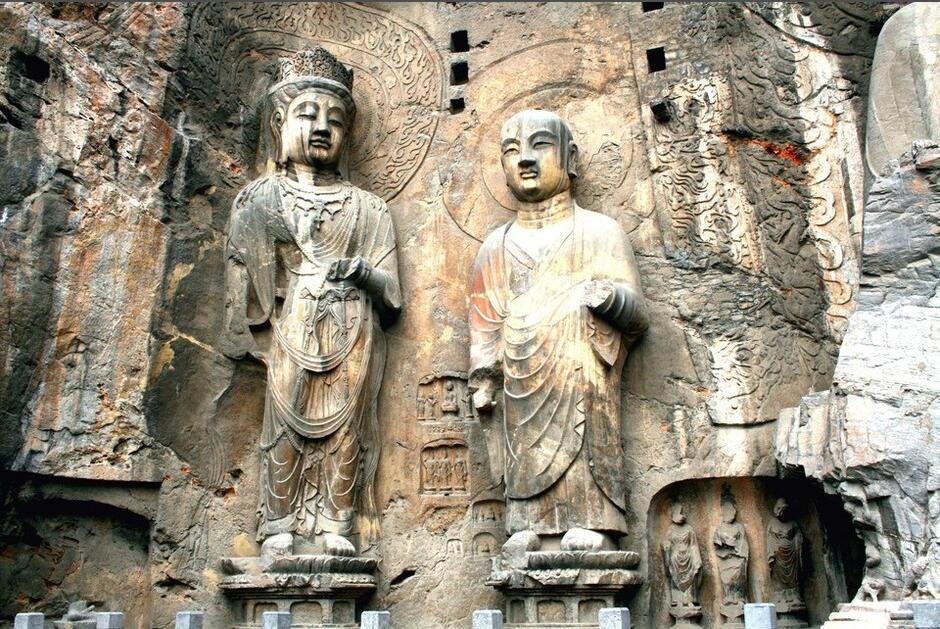Cultural and Natural Heritage Day promotes international exchanges

The picture shows a part of Longmen Grottoes in Luoyang City, Henan Province. This year, Luoyang is the host city of China’s Cultural and Natural Heritage Day.
In July 2005, Xie Chensheng and 10 other experts proposed the establishment of China’s Cultural Heritage Day, drawing attention from the central government. In December the same year, the State Council announced that as of 2006, the second Saturday every June would be China’s Cultural Heritage Day. As a counselor of the State Administration of Cultural Heritage and honorary chairman of the Chinese Society of Cultural Relics, Xie worked hard to promote the day. In 2017, the State Council approved a request to rename the day Cultural and Natural Heritage Day.
Recently, the State Administration of Cultural Heritage held a press conference and announced that the theme of this year’s Cultural and Natural Heritage Day would be “cultural heritage and the ‘Belt and Road’ initiative” and that Luoyang, Henan Province, would be the host city.
Every year since 2009, the State Administration of Cultural Heritage has selected a host city to hold various activities to celebrate the Cultural and Natural Heritage Day.
Xie said: “At present, we face a very tough situation. In terms of the preservation of cultural relics, during the 1990s, many ordinary people loved and protected cultural relics, and there were vivid examples where people actively handed in cultural relics to the government when they discovered them. However, the prevalence of materialism has led to indifferent attitudes toward the preservation of cultural relics.” So Xie and other experts’ proposal to set up a Cultural Heritage Day aims to reawaken people’s memories and take the responsibility of preserving cultural legacy.
Xie indicated that our ancestors’ wisdom is shown in those cultural relics, which carry irreplaceable historic information.
Luoyang is already busy preparing for this year’s event. The celebration aims to connect the preservation of national heritage with a global legacy of history. A series of activities will be held on June 10, including the Forum of Cultural Heritage and “Belt and Road,” the foundation ceremony for the Museum of Erlitou Site, the cultural relic exhibition of the “Silk Road and Central Plain” and an exhibition showcasing ancient mural restoration.
In recent years, China, Kazakhstan and Kyrgyzstan have jointly applied to add “Silk Roads: the Route Network of the Chang’an-Tianshan Corridor” to the UNESCO world heritage list. China is now working on joint research, protecting and promoting the application of the maritime Silk Road for the world heritage list as well as domestic and foreign cultural exhibitions and exchanges for the conservation and restoration of cultural relics in countries along the Silk Road. The precious cultural heritage along the routes of the “Belt and Road” needs to be explored, studied, protected and exhibited. So international cooperation should be strengthened to promote exchanges in the field of cultural heritage preservation.
Gu Yucai, the deputy director of the State Administration of Cultural Heritage, said: “We hope to build a platform for exchanges through the Forum on Cultural Heritage and the ‘Belt and Road.’ We can strengthen cultural relic preservation and international cooperation along the ‘Belt and Road,’ and promote the joint application of the land and maritime Silk Roads for the UNESCO world heritage list on Cultural and Natural Heritage Day. We hope to connect with different countries and nationalities to enhance people’s common sense of cultural relic values to shorten the gaps between people’s hearts.”

 PRINT
PRINT CLOSE
CLOSE